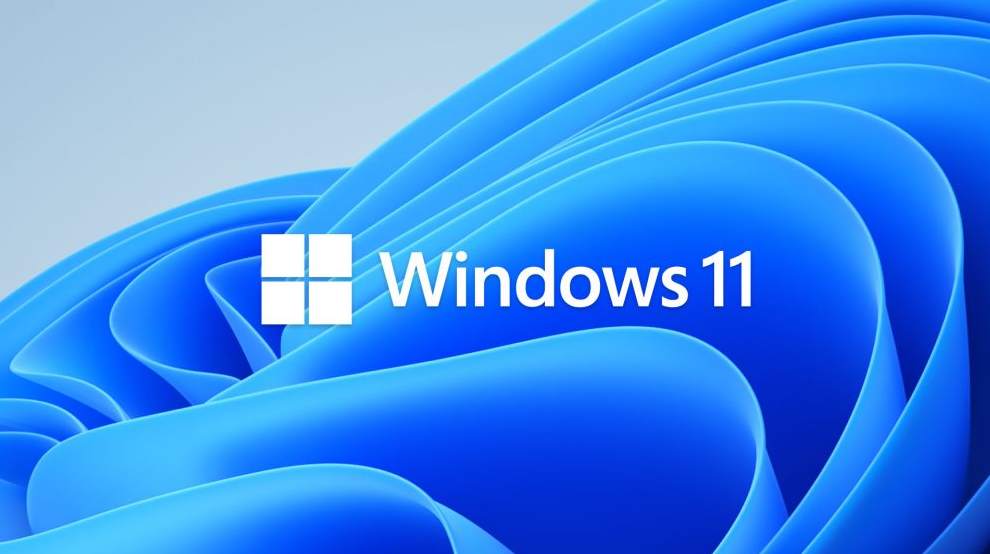1. Download the Windows 11 ISO
- Open your browser and search for: Windows 11 ISO download.
- Click on the official Microsoft website.
- Scroll down to “Download Windows 11 Disk Image (ISO)”.
- Under the edition dropdown, select:
Windows 11 (multi-edition ISO) → then click Download.
- Select the language that matches your current system language (e.g., English - United States).
🔍 To check your current system language:
- Open Command Prompt as administrator:
- Search for CMD, right-click it, and select Run as administrator.
- Type the command:
- Look for the line Default system UI language.
- After selecting the language, click 64-bit Download (the file size is around 5.4 GB).

2. Mount or Extract the ISO File
- Right-click the downloaded ISO file and choose Mount to create a virtual drive.
- If “Mount” isn’t available:
- Extract the ISO using WinRAR or a similar program.
3. Copy Installation Files to Drive C
- Open the virtual drive or the folder where you extracted the ISO.
- Select all files and folders → right-click → Copy.
- Go to This PC → open Drive C:.
- Create a new folder named Win11.
- Open the Win11 folder → Paste all the copied files into it.
4. Install Windows 11 via Command Prompt
- Open Command Prompt as administrator again.
- Navigate to the Win11 folder in File Explorer and copy its path from the address bar.
- In the Command Prompt window, paste the path and add:
\setup.exe /product server
👉 Example:
C:\Win11\setup.exe /product server
- Press Enter.
5. Follow the Installation Wizard
- A Windows Setup window will appear (it might say “Install Windows Server” — that’s expected).
- Choose: Change how setup downloads updates → select Not right now → click Next.
- Windows will check your PC and usually skip hardware checks.
- Accept the license terms → click Accept.
- Choose what to keep:
- Keep files, settings, and apps to preserve your data.
- Or choose another option for a clean install.
- Click Install to begin. The system will restart several times during installation.
6. After Installation Completes
✅ Once Windows 11 is installed and you're logged in:
- You can delete the Win11 folder from drive C to free up space.
- You’ll see a folder named windows.old:
- This contains your previous Windows version (e.g., Windows 10).
- Keep this folder if you think you might want to roll back.
- After 10 days, you can safely delete it if you're keeping Windows 11.
7. How to Roll Back to Windows 10 (If Needed)
- Open the Settings app.
- Go to System → scroll down and select Recovery.
- Under Recovery options, click Go back.
- Follow the on-screen instructions to revert to Windows 10.
📝 Note: This option is only available within 10 days of the upgrade, and only if the “windows.old” folder is still present.
✅ Key Points to Remember
- No USB needed for installation.
- You can keep your files, settings, and applications.
- Works even on devices that don’t officially meet Windows 11 hardware requirements.
- The /product server flag bypasses hardware checks.
- Make sure to match the ISO language with your current system language.
- Do not delete the “windows.old” folder if you want the option to roll back.